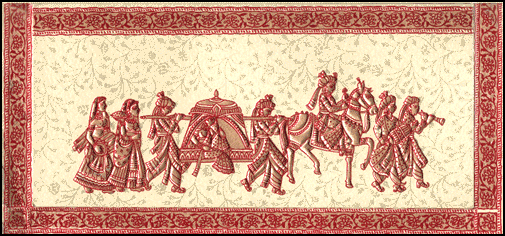

West Bengal’s immense contribution to modern Indian culture is best symbolized by poet and Nobel Laureate, Rabindranath Tagore, writer, Bankim Chandra Chatterjee and fim-maker Satyajit Ray.
Lying in the eastern end of Gangetic plain, and extending from the magnanimous Himalayan mountains to the Bay of Bengal, West Bengal has been subjected to a variety of influences from diverse cultures.
Since time immemorial, the culmination of these varied cultures along with Bengal's very own evergrowing richness has given birth to a unique Bengali culture which can be identified by its colorful and significant contribution to all epochs of traditional and modern society. Bengal has always held an attraction for the outsiders since the historic times. The land of fertile soil steeped in culture and tradition drew most of them into Bengal's heart. Bengal's mysticism coupled with its intoxicating charm; Bengal's throbbing heart and its pulsating life has a unique flavor.
" Our pride, our hope, O our language Bengali" - Atulprasad Sen. In West Bengal most of the people speak Bengali and they are very proud of their language.Culture to the Bengali community is as valuable as air and water to living beings. What Bengal thinks today, India thinks tomorrow. With the possible exception of the southern part of India, no other region can claim such a rich heritage or flourishing contemporary culture as Bengal.
Tagore’s international recognition brought a renaissance in the culture of Bengal and Bengalis could proudly hold their heads up high. Bengali culture had established itself as the world’s greatest culture. Bengalis have a high regard for scholarship and learning. Calcutta University, with 200,000 students, is the world’s largest degree factory and an explosive center of learning. It is from the countryside of eastern India that Bengali culture draws its inspiration.
